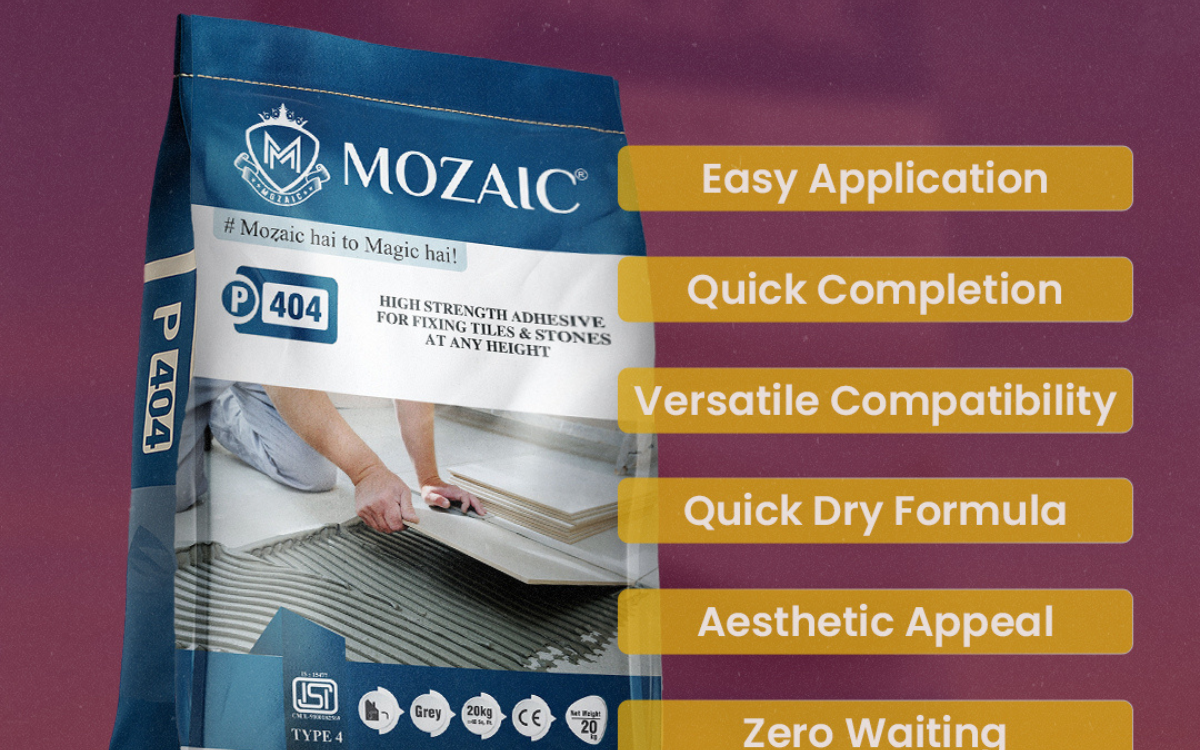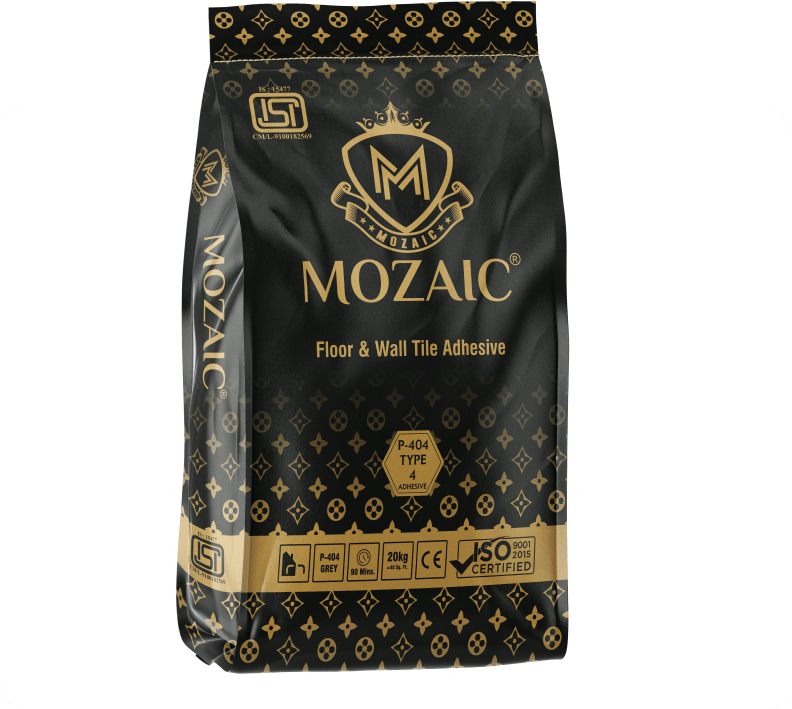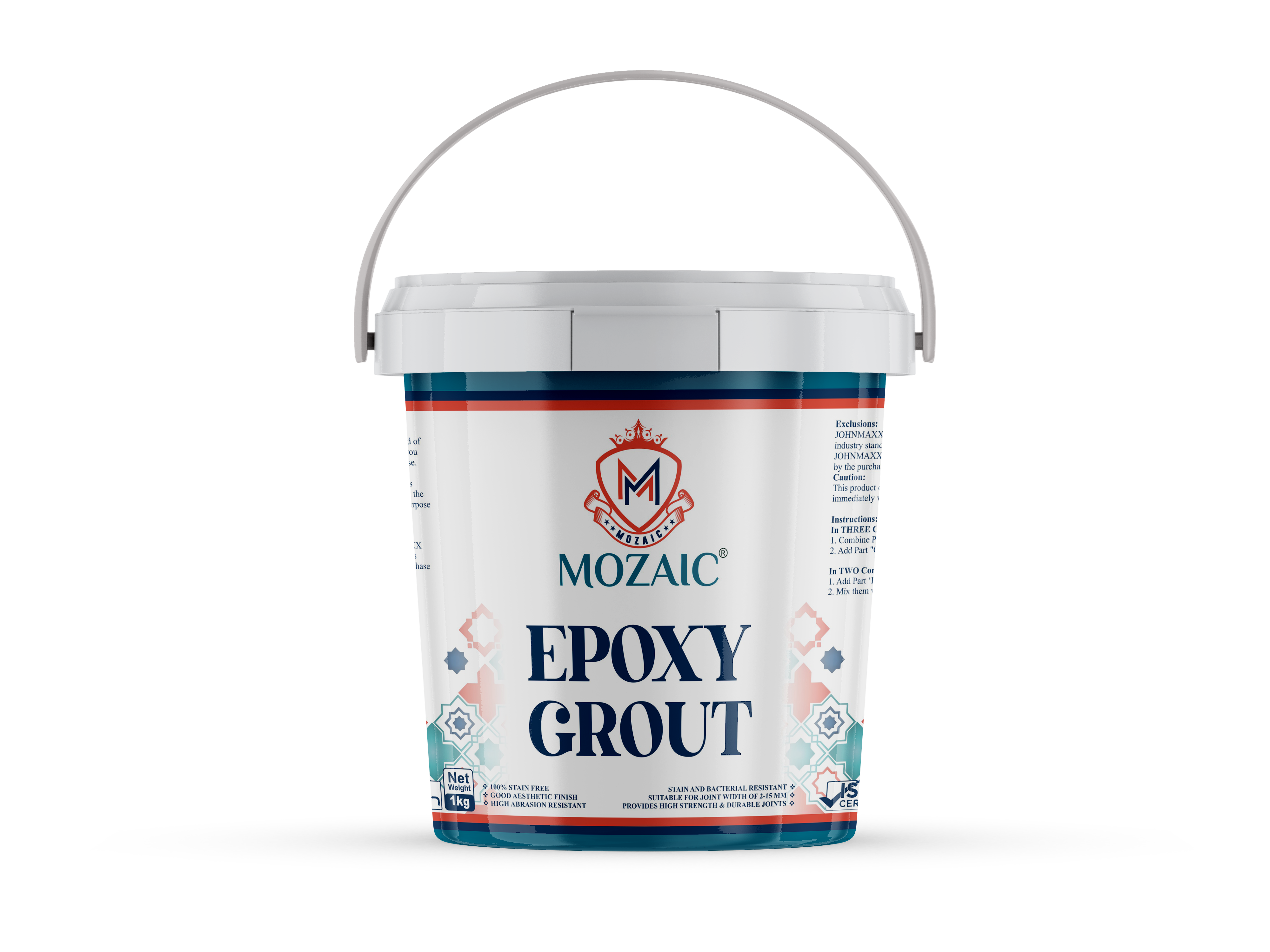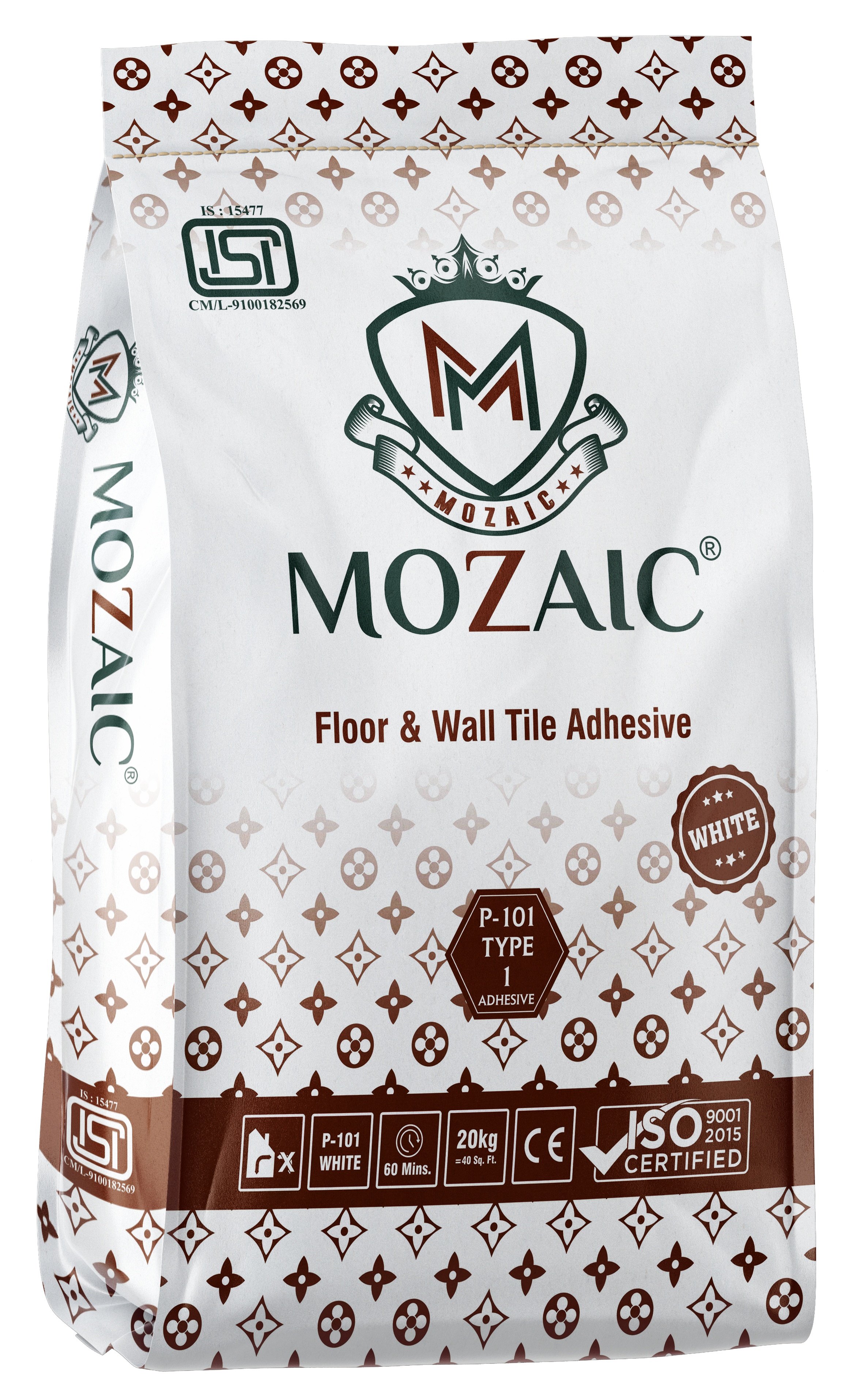Building a house is a big moment. Most people do it only once in their lives. So, every choice matters. From the appearance to the materials, you get what you pay for. One crucial thing that a lot of people take for granted? Admixture in concrete.
We’ll explain:
- The most common types of admixtures
- What each type is used for
- What can affect how they work
You don’t have to be a builder to get it. A little information can be a big help when you are making big decisions.
What is Admixture in Concrete?
The prime materials of concrete are water, cement, and stones. Admixtures are additional materials added to the concrete mix to improve it. Admixtures might sound complicated. However, they are just helpers added when mixing concrete. They can be natural or artificial. They help with concrete work in many ways.
First, Admixture makes concrete easier to shape. They also reduce how much water is needed. Less water makes the concrete stronger. Sometimes, you want concrete to dry faster. Other times, you want it to dry more slowly. Admixtures can do both. They also make concrete tougher and last longer.
Admixtures protect concrete from weather damage. In short, admixtures help concrete set well and stay strong.
Types of Admixtures in Concrete
To help it work better and last longer, we put in special additives, which are materials that change the properties of the mixture but are not cement, water, or rock. These improve how concrete behaves during and after mixing.
There are two main types:
- Chemical admixtures
- Mineral admixtures
Let’s look at both types and how they help.
1. Chemical Admixtures
Chemical admixtures used in concrete to mix with the cement. They help regulate the speed at which it sets and how manageable it is to work with.
- Plasticizers: The plasticizers make the concrete “runner” without watering it down. This makes it easier to pour and reduces cracks.
- Superplasticizers: These are stronger than plasticizers. They make the mix very easy to spread while keeping it strong. Moreover, it is great for detailed work.
- Accelerators: Accelerators make the concrete set faster. These are useful in cold weather, where drying usually takes longer.
- Retarders: Retarders do the opposite. They slow down the setting time. This helps when it’s hot or when concrete needs to travel before pouring.
2. Mineral Admixtures
Those mineral admixtures are produced from natural and recycled assets.
- Cementitious Admixtures: They enhance the strength, durability, and weather resistance to which provides good weather-resisting property. It makes concrete last longer and resist damage.
- Pozzolanic Admixtures: These don’t work like cement on their own, but they react with other parts of concrete to make it better. Common types are:
- Fly ash
- Silica fume
- Rice husk ash
- Metakaolin
They improve strength and protect against cracks and water damage.
Why Admixtures Matter?
Using the right admixture helps your concrete:
- Pour and spread more easily
- Set at the right speed
- Last longer without cracks
- Resist water and harsh weather
Even a small quantity could make a large difference.
Functions of Concrete Admixtures
Concrete is strong, but sometimes it needs help to work better. That’s why we use concrete admixtures. Further, concrete normally has water, cement, sand, and gravel. Admixtures have several functions that will help you understand them better.
- Admixtures help concrete flow better. This makes it easy to pour and spread.
- Some admixtures help concrete dry quickly.
- It stops water from getting into the concrete. This helps concrete last longer.
- Admixtures help new concrete stick to old concrete.
- Give more time to work with Concrete.
- The addition of chemical admixtures reduces heat during drying and renders the concrete water-repellent.
How Does The Performance of Concrete Admixtures Vary?
If you care about strong, durable concrete, there are some things you should know about the effects of adding admixtures. Here’s what you need to know.
- Type of Admixture: There are many types of admixtures. Each one has a special job. Some make concrete easy to use. Some help it dry faster or slower. Others make it stronger. So, choosing the right type is important.
- How Much You Use: Using too much or too little admixture can cause problems. Too much can make the mix separate. Too little might not work well. Using the right amount is very important.
- Cement Type: Not all cement works the same with every admixture. Some combinations don’t work well and affect how the concrete sets or its strength. Make sure your cement and admixture match.
- Temperature: The weather matters. When it’s hot, admixtures may work faster, or you may need more. When it’s cold, they work more slowly. So, think about the temperature when mixing.
- Concrete Mix: The other components of your concrete, such as water, sand, and gravel, influence the effectiveness of admixtures. The way these materials blend affects how well the admixture performs. Therefore, consider the entire mix, not just the admixture.
Concluding Words!
Are you in search of the most suitable minerals or the chemical admixture for your concrete project? At Mozaic Chemical, we simplify your project with quality products to fit your every need. Being in the industry for years hands-on on we know what works and what doesn’t.
You can rely on our team here at Identity Stronghold to find the exact solution to make certain you are protected from electronic pick-pocketing and identity theft. Order today, and we will bring your Concrete admixtures right to your job site when you need it, no hassles.





